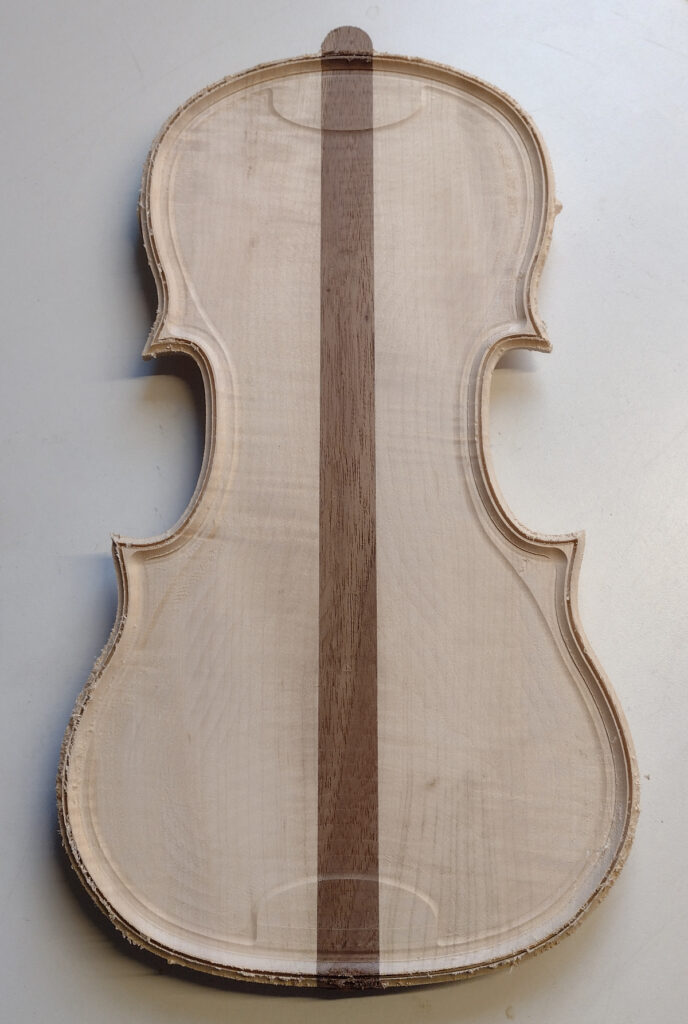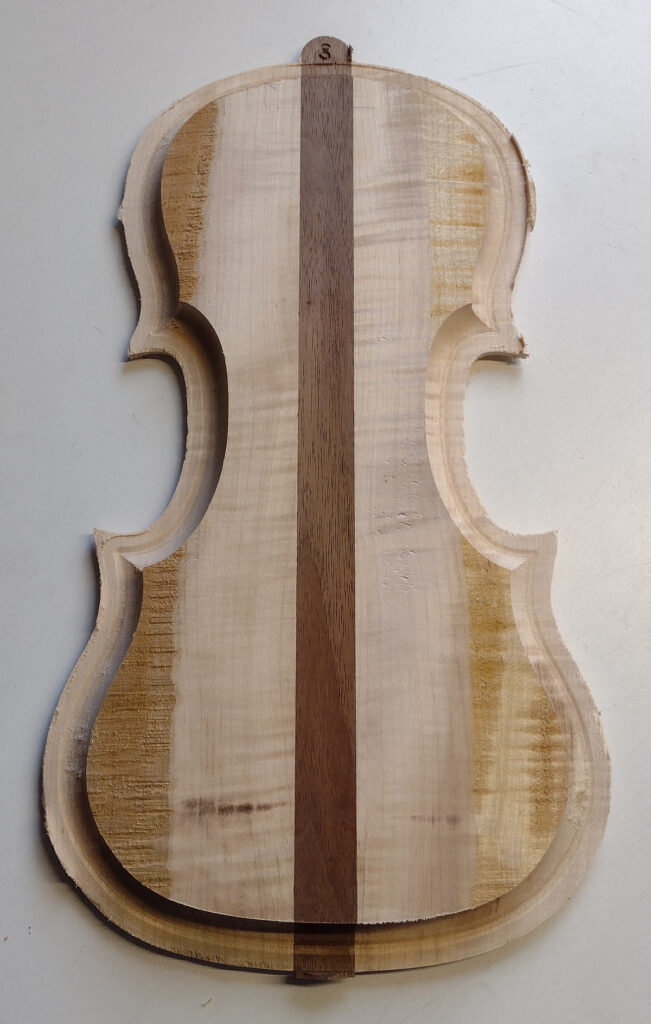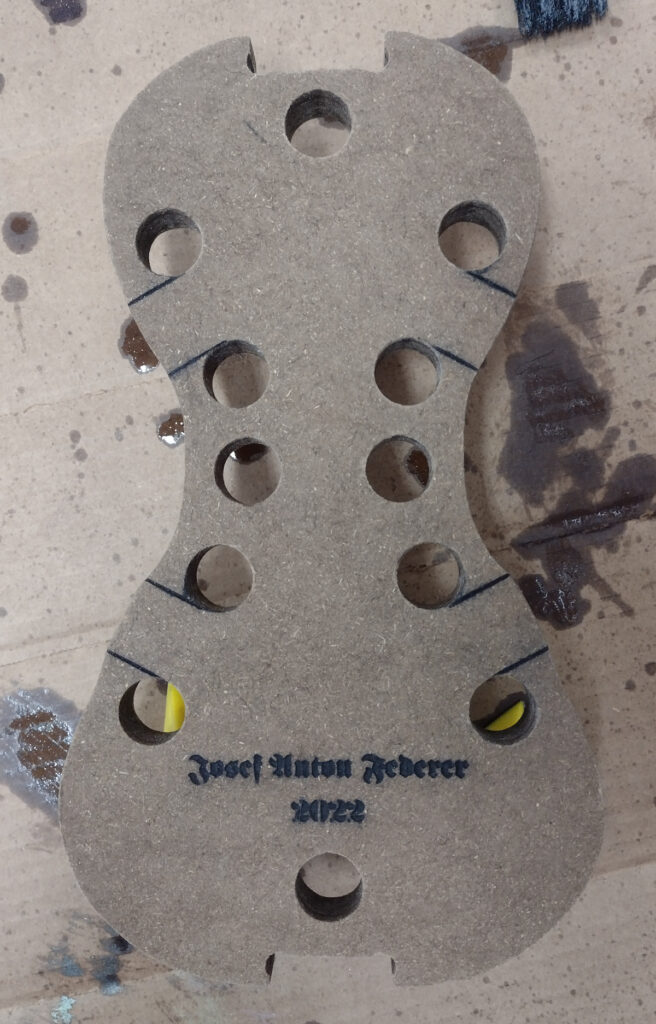
This wasn’t on today’s work schedule, but there it was, saying “I’m feeling ignored”. So I got out the hand tools and started removing excess spruce. The Veritas Pull Shave makes fast work of bulk removal. I was planning to add a link, but this unique item has been discontinued. Just like my workbench. Oh well, nothing lasts forever, except maybe this particular tool. In any case, the pull shave took off the major excess, then I switched to the smaller planes. Using those is a bit hard on the hand, so I stopped after doing the second phase of shaping. The pencil lines indicate areas still needing significant shaping before moving on too the small finger plane, then the scrapers.







